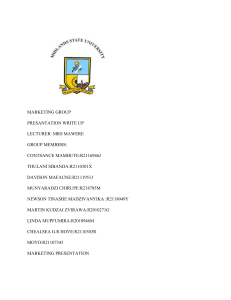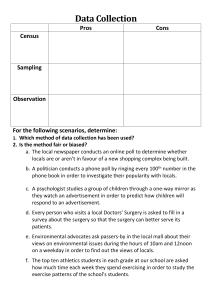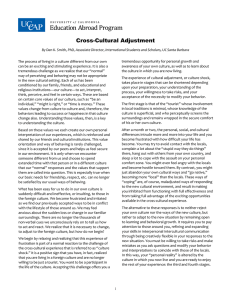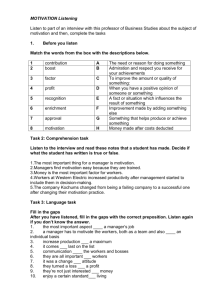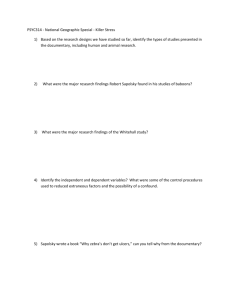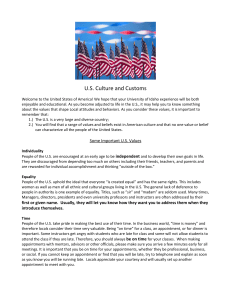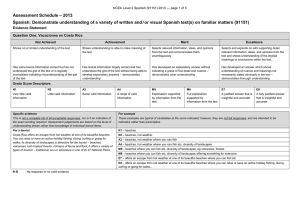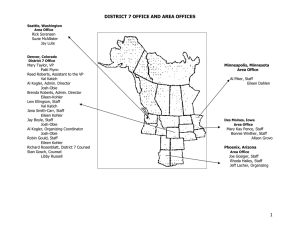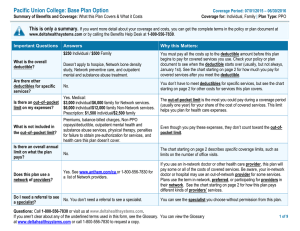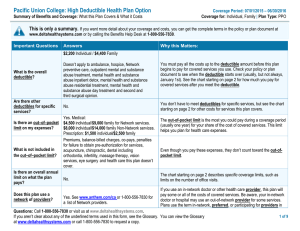PAYING FOR HEALTH CARE: METHODS THE SYSTEM, PROBLEMS, and POLICIES
advertisement
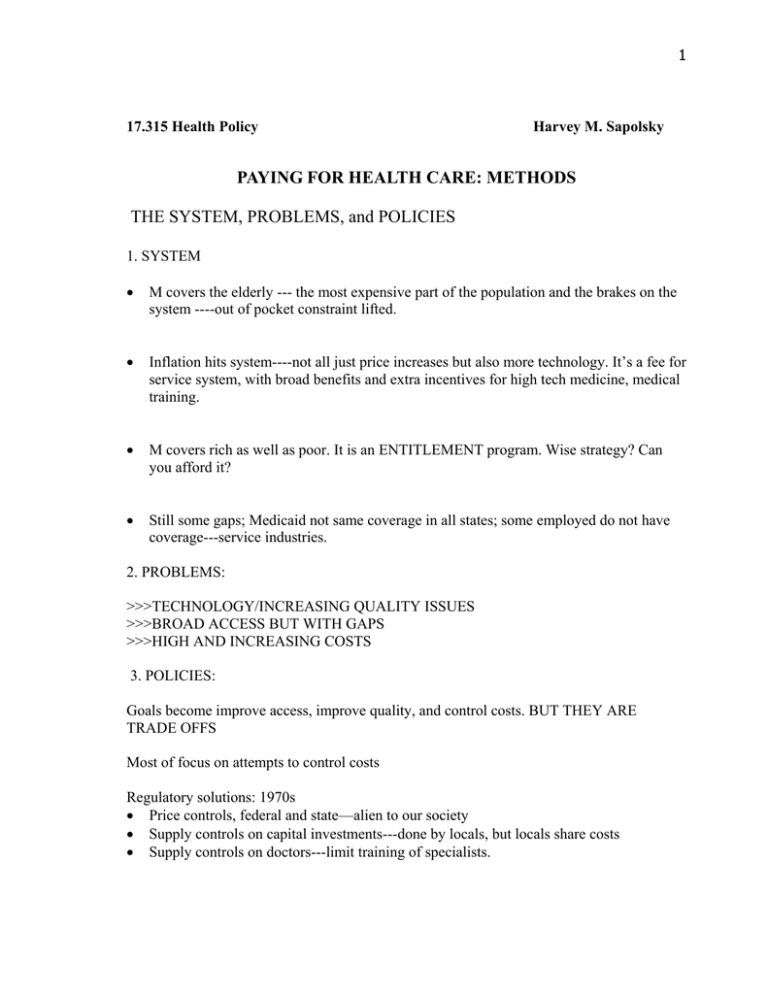
1 17.315 Health Policy Harvey M. Sapolsky PAYING FOR HEALTH CARE: METHODS THE SYSTEM, PROBLEMS, and POLICIES 1. SYSTEM • M covers the elderly --- the most expensive part of the population and the brakes on the system ----out of pocket constraint lifted. • Inflation hits system----not all just price increases but also more technology. It’s a fee for service system, with broad benefits and extra incentives for high tech medicine, medical training. • M covers rich as well as poor. It is an ENTITLEMENT program. Wise strategy? Can you afford it? • Still some gaps; Medicaid not same coverage in all states; some employed do not have coverage---service industries. 2. PROBLEMS: >>>TECHNOLOGY/INCREASING QUALITY ISSUES >>>BROAD ACCESS BUT WITH GAPS >>>HIGH AND INCREASING COSTS 3. POLICIES: Goals become improve access, improve quality, and control costs. BUT THEY ARE TRADE OFFS Most of focus on attempts to control costs Regulatory solutions: 1970s • Price controls, federal and state—alien to our society • Supply controls on capital investments---done by locals, but locals share costs • Supply controls on doctors---limit training of specialists. 2 Market solutions: 1980s • Promotion of HMOs---change incentives, better deal? SKIMMING, SKIMPPING • Use market power—government dictates prices M&M which leads to BEGGAR THY NEIGHBOR Push the consumer: 1990s I like, but hard to sustain politically • • Co-payment, deductibles, co-insurance increases Managed care
